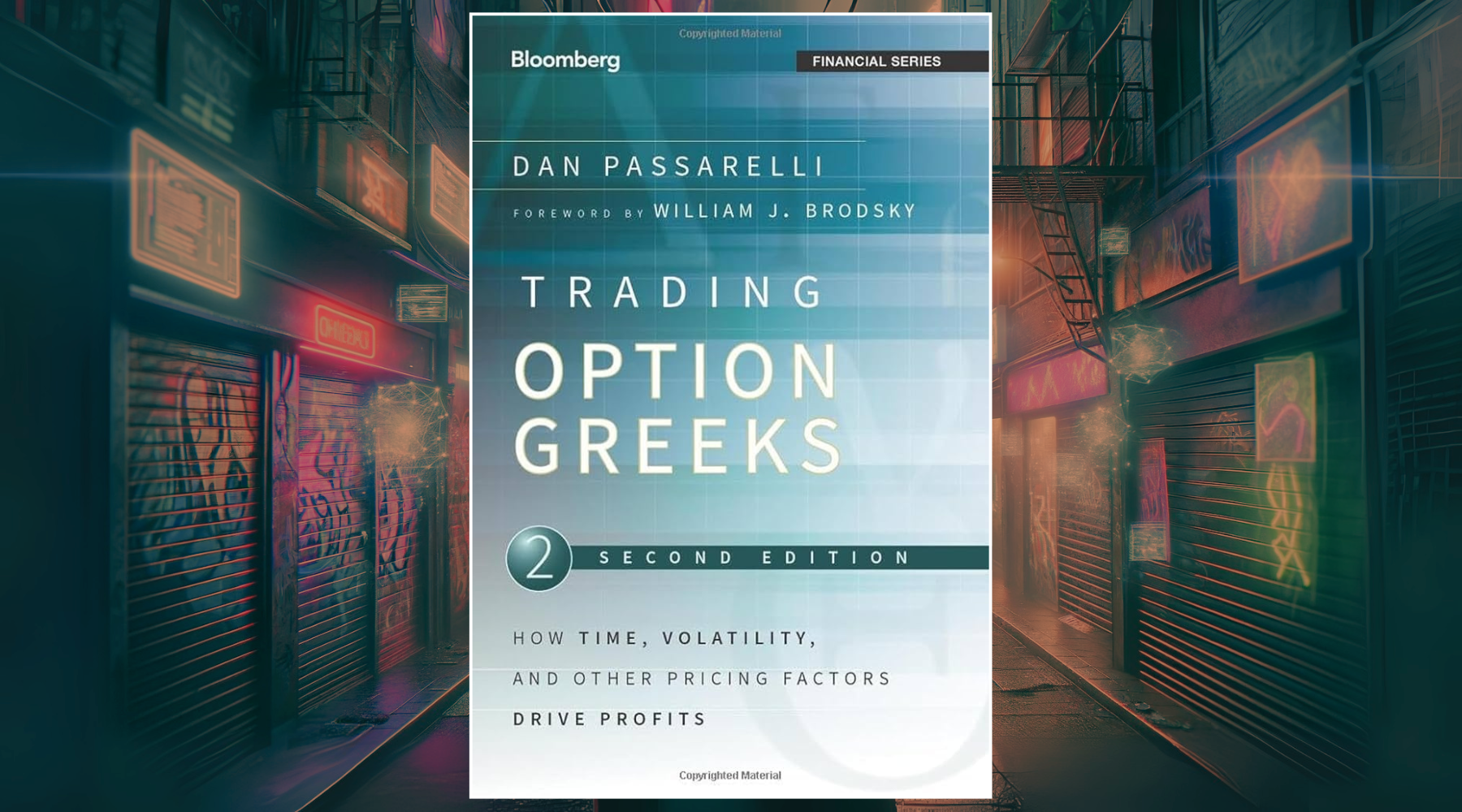The Art of Short Selling
by Kathryn F. Staley
"The Art of Short Selling" by Kathryn Staley is a book that guides investors into finding problems with a company by doing extensive fundamental research and digging through the SEC filings. The book emphasizes that one should never short sell a fundamentally strong company solely based on temporary setbacks or seemingly high valuations; instead, it recommends very detailed analysis to uncover genuine problems.
The book covers many different companies that Kathryn Staley shorted in the 1980’s and 1990’s, and she explains exactly what she was looking for in the filings, mainly a Prospectus, or 10-Q and 10-K.
The Art of Short Selling is different from other short selling books I covered like "Sold Short" and "Dead Companies Walking," which talk more about how companies are managed and the personnel involved. "The Art of Short Selling" focuses more on the numbers and financial details.
About the Author: Kathryn F. Staley

Kathryn F. Staley has collaborated with hedge funds, brokerage firms, and other financial organizations to decide which stocks to sell and bet against. She's instructed courses on how to analyze financial statements through the Association for Investment Management Research (AIMR) and talks about how publicly shared earnings reports often miss the mark on showing the real financial situation. For both enjoyment and financial gain, she loves diving into balance sheets and the detailed notes that come with them.
Understanding Financial Documents
Before reading this book, I recommend having a basic understanding of how to read different financial statements:
- balance sheets
- cash-flow statements
- profit/loss statements
- inventory - accounts receivables statements

The Art of Short Selling is broken down into 3 parts:
- Part One: Facts & Practitioners
- Part Two: Categories & Examples
- Part Three: History & General Lessons
The Art of Short Selling
Kathryn Staley's comprehensive guide to short selling strategies and techniques. Learn how to identify overvalued stocks, manage risk, and profit from declining markets. This essential resource covers the mechanics, psychology, and regulatory aspects of short selling for sophisticated traders and investors seeking to hedge portfolios or capitalize on market inefficiencies.
View on AmazonPart One: Facts & Practitioners
Profile of a Short Seller
In this section of the book, Staley goes over her view on short sellers, who these short sellers are, and what these short sellers are looking for when they dig into companies.
“A frequent criticism of short selling states that stocks can go only to zero on the way down, but to infinity on the way up. Short sellers respond that they have seen a lot more stocks at zero than at infinity. Because they take greater risks than other investors, short sellers must be confident that their conclusions are correct, and they must have strong evidence to support cases for price declines. Because reverses are terrifying and sudden, the burden of evidence rests on a solid, careful analysis completed before the stock is shorted.” ~ Kathryn Staley
One of the main weaknesses Staley sees in professional short sellers is their inability to time the collapse of their target company. Most short sellers jump into a position too early not realizing how long a crappy company will be able to stay afloat.

Analytical Techniques
There’s 3 broad categories of short-sale candidates:
- Companies that have management which lies to investors and obscures events that will affect earnings.
- Companies with outrageously inflated stock prices that suggest a speculative bubble in the company’s valuation.
- Companies that will be significantly affected by changing external conditions or events.
Clues that something is amiss in a company is the starting point for a short sellers journey. Here’s a few signs to be looking for:
- Accounting gimmickry: clues that the financial statements do not reflect the true state of the company’s health.
- Insider sleaze: signs that insiders consider the company a personal bank or think the stock should be sold.
- Fad or bubble stock pricing: usually marked by tremendous price rise over a short period.
- A gluttonous corporate appetite for cash.
- Overvalued assets or an ugly balance sheet.
If one of the above characteristics is apparent in a company, proceed to the comprehensive and labor-intensive work of digging into the company.

Framework for Stock Analysis
Once you’ve got the company in your sights, follow this rough outline to piece a company’s story together:
- Short sale analysis is dependent on financial analysis – cash flow pro formas, balance-sheet strength, and the quality of earnings. Start with at least two years of company financials and analyze the numbers by using the fundamentals of financial analysis: balance-sheet and rate-of-return ratios, income-statement analysis, cash-flow breakouts. Overlay traditional analysis with an especially tough look at quality of assets and earnings. Work from the 10Qs and 10Ks because these versions of the quarterly and annual reports that are filed with the SEC have more data and less puff.
- Use the proxy and the SEC insider filings to track management’s salary, stock activity, and attitude toward the company and it’s stockholders.
- Check in the marketplace to see what the execution of the business strategy looks like – look at the products, the competitors, the suppliers of production inputs.
- Follow the trading patterns, the short interest, and the ownership by watching price and volume, 13D filings (investor filings with the SEC when the investor attains a 5 percent or greater position), and institutional ownership.
- Read anything in the media – magazines, newspapers – and the Wall Street research pool to determine consensus.
- Watch everything about the company over time to see what happens, how earnings and price progress, what changes.
Frequently, a lot of the signs that point to a larger problem aren’t revealed until after the collapse. This is where the short sellers experience and judgment come into play. They have to be able to make a logical leap without complete information. This is why Staley calls short sellers “The Detectives of Wall Street”.
Part Two: Categories & Examples
Case Studies and Analysis of Short Sales
This section will test your basic accounting knowledge. Many of the companies analyzed in this book use tricky accounting gimmicks to hide or distort the truth about the company’s true financial situation.

The chapters in part 2 are given a category for companies, such as bubble stocks, money-suckers, obsolete industries, high-multiple growth stocks, and fraudulent companies, etc… Each chapter breaks down those categories into a few case studies highlighting what Staley was looking for and her analysis of the company at the time.
I’m not going to analyze or summarize any of these short sales that breaks down in this book because Staley does such a great job at summarizing them herself. If I were to summarize that further, it would be missing too much important information.
Here’s an example of the kind of numbers that you’ll be reading in each of these chapters:

Staley really emphasizes going through all of a company’s public recorded filings with the SEC to start putting clues together on the real health of the company.
“After the verification of dramatic overvaluation, the next step in short-sale research is to backtrack through the past financial documents for evidence that either supports or contradicts the conclusion.” ~ Kathryn Staley
Part Three: A History & General Lessons
The last few chapters of the book are packed with short selling advice and tips in a different format than the rest of the analytical part of the book. There’s also a chapter that briefly touches on the great short selling stories and players in the history of short selling, including Joseph Kennedy and Jesse Livermore, as well as the South Sea Bubble and TulipMania.
The Six Pillars of Short Selling
The book finishes with a chapter called The Six Pillars of Short Selling, which focuses on a more clear breakdown of what Kathryn Staley looks for when shorting a company.

This is the most important chapter of the book in my opinion. Here are the titles of the 6 Pillars of Short Selling:
1 - The Pessimist’s Guide to Financial Statements: “The financial statements are always the first step for any serious student of stocks”. Staley explains that a short seller should examine the last two years of financial data. This would be the last six 10Qs; the last two 10Ks, proxies, and annuals; andy any 8Ks in that time period. That gives enough data to compare trends on inventories, receivables, margins, and three years of annual numbers.
2 - In Search of Greed and Sleaze: Staley says this is the fun part. Digging into the management and large stockholders. The most useful sources of this data are:
- Form 144: Key officers are required to file a Form 144 with the SEC when they place a sell order for their company stock with a broker – in other words, on or before the date of sale of stocks.
- Form 4: Officers must also file a Form 4, which lists purchases and sales of stock 10 days after the last day of the month in which positions were increased or decreased. Form 4s lag the action by too much to be of use to a careful observer.
- 13-D: Any entity that buys a controlling position in a stock, 5 percent or more, must file a 13-D with the SEC within 10 days.
- Proxies: Each year, a company must file a proxy statement with the SEC. The annual meeting is the trigger for publication. The purpose of the proxy is to tell stockholders what they may vote on at the meeting. It also reveals how much stock is owned by management, what their salaries and employment contracts are (including options, bonuses, and some perks), and the stockholders who own over 5 percent. The proxy tells who the accountants are, what the pending lawsuits are, and what other relationships and related transactions are pertinent. It is also one of the best sources of information about management philosophy.
“The rule of thumb when you study a proxy is that if you have to read it three times, you have stuck pay dirt. Try to determine if the company is run for the executives or the stockholders”
3 - The Bigger Puzzle: This third step is divided into two parts: Research and Store Checks.
- Research - This entails researching the industry and the company’s competitors and clients. The 10K gives a good preview of how the company fits into its industry and the names of competitors, customers, and clients.
- Store Checks - Go to a physical store or location and count customers, check average ticket size, talk to the store manager or employees. Use your own observations to piece together the whole story.
4 - Who Owns It?: Follow the trading patterns and volume. Track the institutional ownership. High institutional ownership and high Wall Street coverage can make for a quick collapse if something unexpected happens. Always follow the short-sale numbers to tell you when a squeeze might develop.
5 - Check the Water Temperature: Read other short reports on the company or brokerage reports to keep up to date with Wall Street’s attitude about the company. Don’t believe everything you hear about the company because everyone has their own agenda, but it’s good to stay up to date with all relevant information.
6 - Pay Attention: Keep paying attention. If you decide not to short a stock after your preliminary analysis, it might be a great idea next year. Watch our for earnings releases and when financials are expected to be released. Once you really understand the company, it’s good to always stay up to date with events around that company. You may recognize a trigger that is the signal you were waiting for.
You need to also be willing to admit defeat. If you shorted a stock because inventories were too high and now the latest 10Q shows the company has corrected the problem, cover NOW.
“Short selling can be much like a cat waiting outside a mouse hole – the level of persistence, patience, and attentiveness is not for everyone, especially over sustained periods of time.” ~ Kathryn F. Staley
My Final Thoughts
Art of Short Selling, by Kathryn F. Staley, is packed with short selling advice and tips, as well as case studies and examples of stocks that were sold short. Staley gives a nice breakdown of what she was looking for and what caused her to make the decisions that she did when short selling these companies.
I did learn a few things that I previously wouldn’t have really thought about. There's quite a few good lessons on why you don’t want to short a company just because you think it is massively overpriced. Staley really explains how to use overvaluation as a starting point but then goes through the next steps in the process.
I think this book would be very useful for hedge fund managers to see how short sellers analyze companies. If you're a "swing trader", you could find quite a few nuggets of information in this book that I think can really help with your conviction on holding or getting out of a position. This could also help Long buyers get a better understanding of what stocks to avoid.
If you've made it this far, I'd recommend checking out my Dead Companies Walking summary and review. It's another popular short seller book from the point of view of a short oriented hedge fund manager, Scott Fearon.










Leave a comment
This site is protected by hCaptcha and the hCaptcha Privacy Policy and Terms of Service apply.